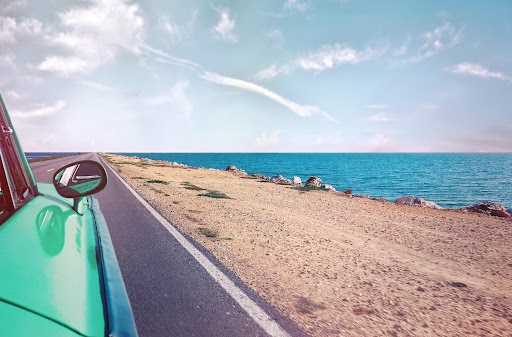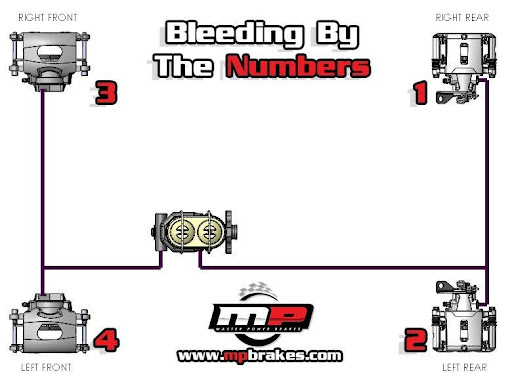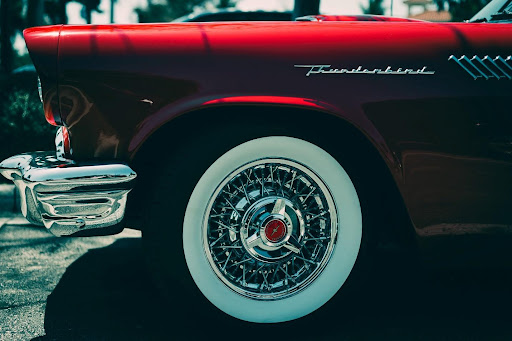
We’re feeling the summer heat, and we can’t get enough of it! While nothing quite beats the sensation of cruising on an open highway in the summertime, there are some sticky situations that can take your experience from hot to cold real fast. Perform these pre-driving maintenance checks to make sure your car is ready to hit the road and well-protected from the elements. Plus, some summer driving tips you might not have thought about.
Summer Pre-Driving Maintenance Checks
Whether you’re pulling off the dust cover for the first time this year or you’re transitioning from spring to summer driving, here are some routine checks you can’t afford to overlook.
Check 1: Windshield, Windows & Mirrors
You want to make sure you have great visibility from every angle. Shine up your windshield, windows, and mirrors – inside and out – and consider putting a vehicle-safe weather protectant on your glass to stave off the elements, such as Detailer’s Glass Coating.
Check 2: Lights
Make sure your headlights, taillights and all four turn signals are functioning properly before hitting the road.
Check 3: Battery
Batteries can be finicky things, and it’s essential to make sure your battery can not only keep a charge but that it can start your vehicle and keep it running all summer long.
Tip: When you store your classic car for winter, set it up on a trickle charger to prevent having to change the battery as often.
Check 4: Brakes
Of course we’re going to mention the brakes, which are arguably one of the most important pre-driving checks you can make. Test the brake pedal to make sure it’s not too soft or too hard, and consider bleeding your brakes to flush out any air that may have settled into the brake lines or components during winter storage.
READ: How to Bleed your Brakes by the Numbers [with Diagram]

Check 5: Air Filter
Dirt and leaves can easily clog up your filters after your car’s been sitting all winter long. Replace the air filter to ensure everything is flowing freely.
Check 6: Oil & Fluids
After sitting for prolonged periods, it’s fairly common for cars to leak oil. Check the area before you pull your car out. Check levels and fill appropriately, or just consider performing a fresh oil change and oil filter change at the start of the driving season.
READ: How Often Should I Change the Oil in My Classic Car? (And What Type of Oil to Use)
While you’re at it, check out and top off these other fluids if applicable – dependent on your make, model, and build:
- Transmission Fluid
- Coolant (Antifreeze)
- Power Steering Fluid
- Brake Fluid (see Check 4!)
- Windshield Fluid
Check 7: Tires
Summer heat can put you and your tires in a sticky situation. Be sure to check your tires for cracking or wear in tread, and make sure you have the right seasonal tire on your ride–ditch those cumbersome winter boots!
Summer Driving Tips

Tip 1: Keep an Eye on the Temperature Gauge
Your classic car will definitely let you know it’s very much an older machine. Watch out for the temperature by keeping watch on the gauge during hot summer months, especially in stop-and-go traffic.
Tip 2: Be Aware of Tire Traction
It might be a dry, sunny day, but the sticky goop that oozes out from other poorly maintained cars can wreak havoc on your tire traction. Keep watch to avoid dark spots where oil and coolant can slick up the road and ruin your day.

Tip 3: Consider a Larger Radiator Cooling System
Why would you want a larger radiator? If you can move more coolant, you can cool more things and do so more efficiently.
Tip 4: Protect Your Car from the Elements
It should go without saying to keep your car washed and waxed whenever you’re out and about. Salt spray in the summer can lead to rust, and nobody wants that.
When possible, park your car in the shade, not only for temperature control but to prevent sun damage and fading.
And when you’re ready to hit the road, be sure to stick to dry and sunny days for the most enjoyable experience.
Happy summer driving!
Got Questions?
Browse our FAQs and Brake Troubleshooting Guide

